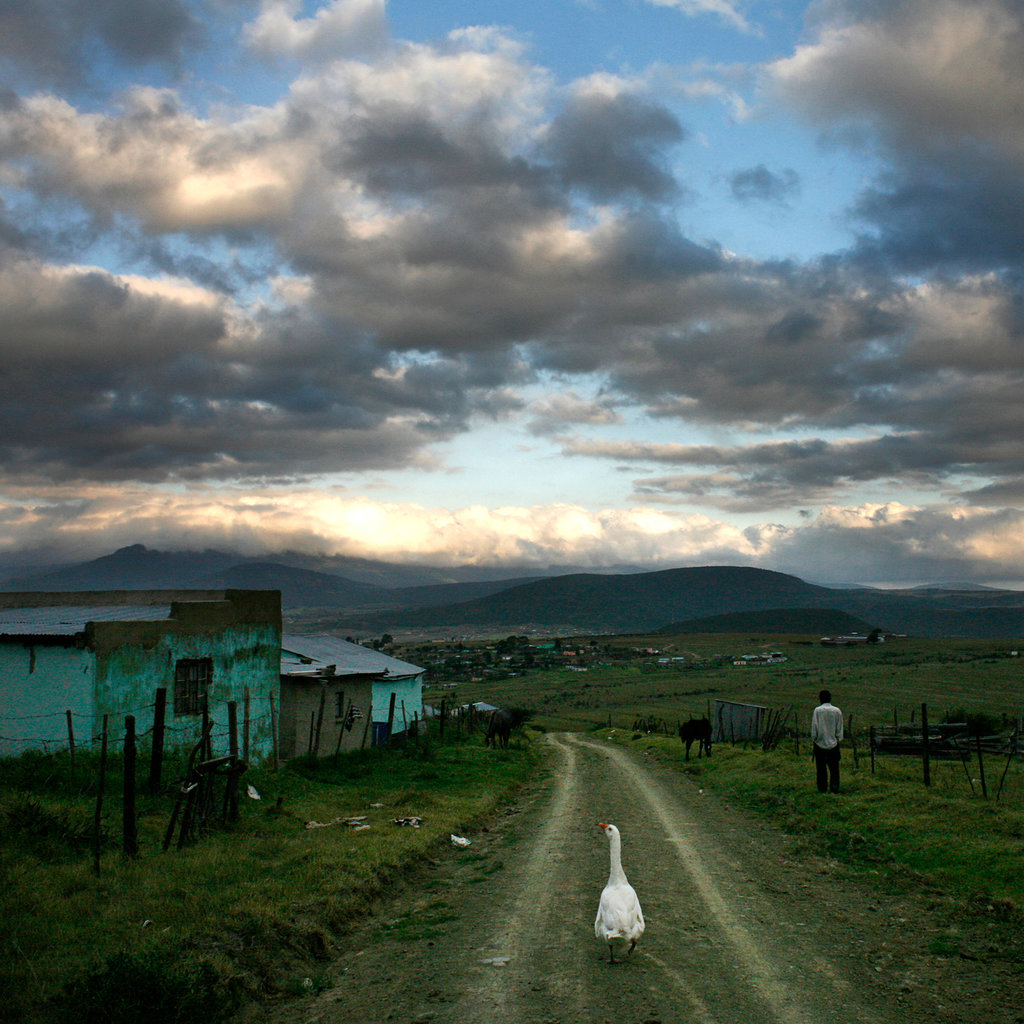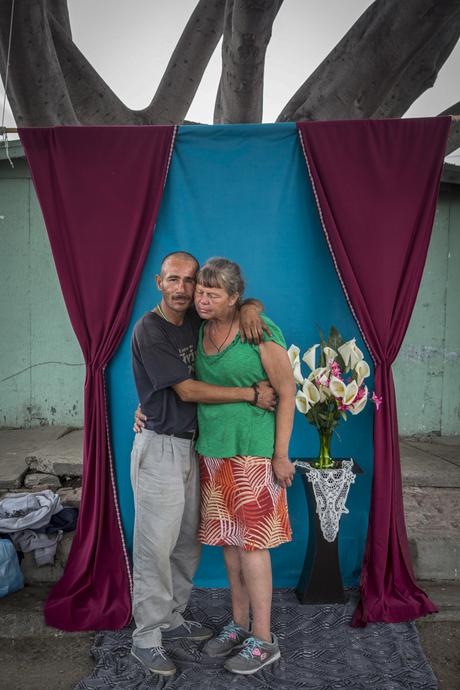For photographer Alexia Webster, her most treasured photos are ones of her family. Growing up in South Africa, Webster says that “apartheid loomed large over [her] childhood,” and thus much of her photography explores the themes of family, displacement, and migration. Webster has traveled throughout South Africa and the African continent as a photographer and filmmaker, documenting the people, cultures, and histories of her homeland. Her work has been featured in renowned publications worldwide, including The New York Times, The Sydney Morning Herald, Le Monde, National Geographic, and more.
Webster’s photography is greatly influenced by her upbringing. Her parents were personally involved in democracy and anti-apartheid movements in South Africa; her mother was part of the South African Congress of Democrats, a radical white anti-apartheid organization founded in the early 1950s, and her father was once arrested for calling for the release of the prominent anti-apartheid activist and politician Nelson Mandela. As such, many of her photography projects are centered around the effects of apartheid and colonization in her homeland.
Her collection “Hogsback” features the village of Hogsback, bought by Webster’s great-grandfather in 1932, and its history and stories. After the native Xhosa people lost most of their land to the British in a series of bloody wars in the 1880s, Hogsback was colonized and became a predominantly white village. To many Hogsback residents and travelers, the cloud-covered mountain in which the village rests is regarded as sacred ground where the ancestor spirits reside. Today, Webster says, “Hogsback remains cloaked in mist and myth and yet is deeply fragmented, with the legacy [of] colonial violence still present in everyday life.”
In her photos of the village, Webster searches for “the spirits that occupied the area; the ghosts of the ancestors, including my own, who haunt this unsettled land.” Through her signature dramatic contrast of light and shadow and the use of eerie, quiet natural backdrops, Webster brings the ghosts of the land into sharp focus. One particularly fascinating photograph shows an elderly person standing, arms outstretched, in a lush dark forest, their figure steeped in shadow and their face outlined in light.
In another “Hogsback” photo, a single goose stands in the middle of a grass path, facing a man and a worn house, with gray clouds and rolling hills looming above. Again, the striking contrast of the dark and the light and the expert placement of subject matter—the contents of the photo look completely coincidental but are also perfectly appealing to the eyes—create a completely unique atmosphere. Webster has created a collection that flawlessly captures the tragic, haunting beauty of the land.


One of Webster’s most famous projects is her Street Studios project. The project, which provides free photography studios on the street for people who might not be able to take photographs of themselves otherwise, stems from an encounter Webster experienced early in her career. A man in a Kenyan refugee camp told her that he’d watched photographers come through for more than a decade, yet he did not have a single photograph of himself. The man’s remarks made Webster think of one of her most prized possessions, a photograph of her grandparents, her great uncles, and her mother shortly after they immigrated to South Africa. “Although they had just left their whole world behind in search of a better life, to me they looked like elegant characters from a tale my grandmother would tell,” Webster said. “This family photograph, of all the images I have, is my most treasured.”

A photo from the “Street Studios” collection. Alexia Webster
